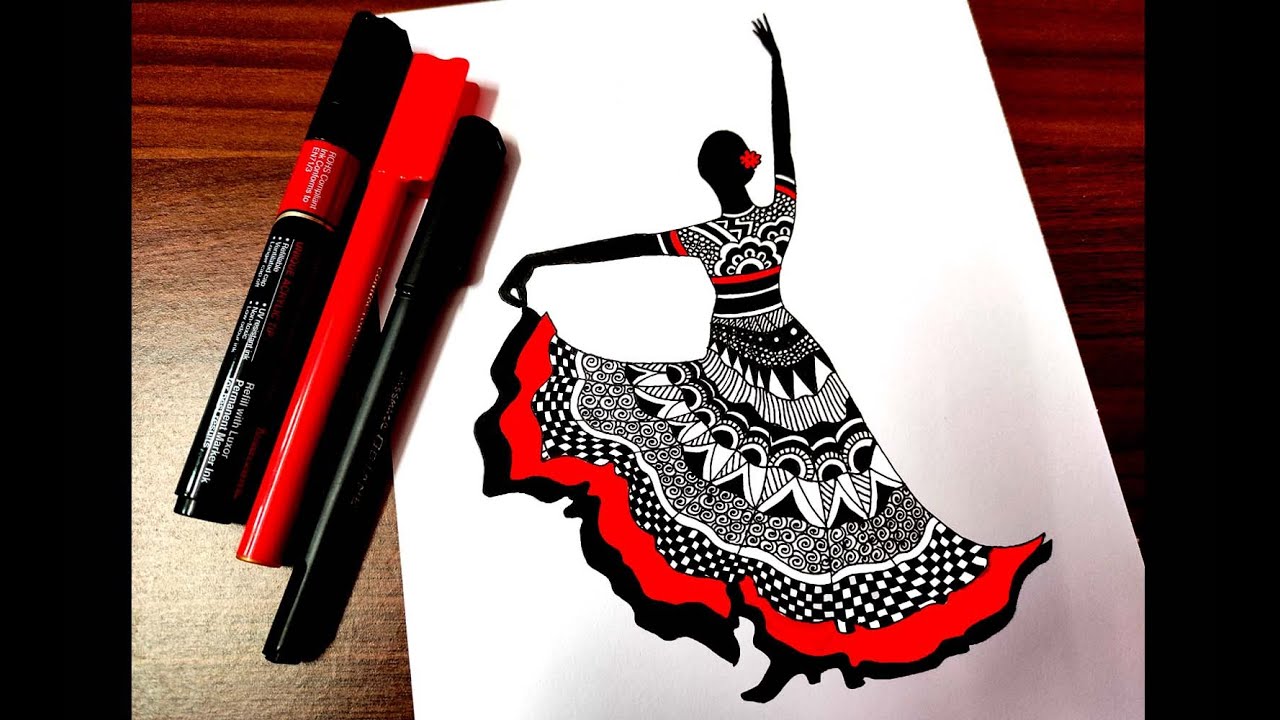In this article, we will explore the history of mandala art design, its meaning, and the techniques used to create these beautiful designs. Mandalas are intricate circular designs that have been used for centuries in many cultures as a spiritual and religious symbol. In recent years, mandalas have become a popular art form that can be used to promote relaxation and mindfulness.
The term “mandala” comes from Sanskrit and means “circle” or “center.” Mandalas can be found in many cultures around the world, including Hinduism, Buddhism, and Native American traditions. These designs are often used in spiritual and religious practices, as they represent unity, harmony, and balance.
History of Mandala Art
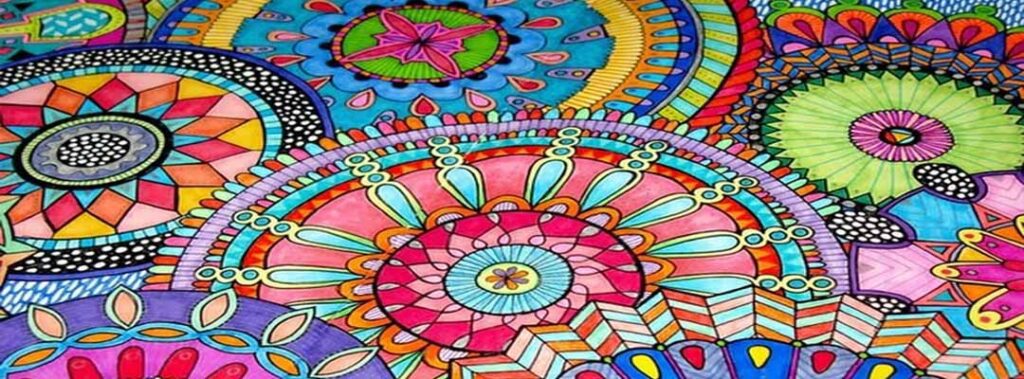
Mandala art has a long and rich history that spans many cultures and traditions. The earliest known mandalas were created in India around the 4th century CE, and they were used as a tool for meditation and spiritual reflection. Over time, mandalas became more elaborate and intricate, incorporating complex geometrical patterns and symbols.
In Tibetan Buddhism, mandalas are often created using sand, and the process of creating these designs is considered a spiritual practice. Tibetan monks spend weeks or even months carefully constructing mandalas using colored sand, and once the design is complete, it is ritually destroyed to symbolize impermanence.
In Native American traditions, mandalas are often created using natural materials such as stones, shells, and feathers. These designs are used in healing rituals and are believed to have powerful spiritual properties.
Meaning of Mandalas
Mandalas are often seen as a symbol of the universe, representing the interconnectedness of all things. They are also thought to represent the journey of the soul, with the center of the mandala representing the self and the outer circles representing the wider world.
In spiritual practices, mandalas are often used as a tool for meditation and reflection. By focusing on the intricate patterns and symbols within the mandala, practitioners can achieve a state of mindfulness and connect with their inner selves.
Techniques for Creating Mandalas
There are many different techniques that can be used to create mandalas, from drawing and painting to using natural materials such as sand and stones. Some of the most popular techniques include:
1. Drawing and Painting
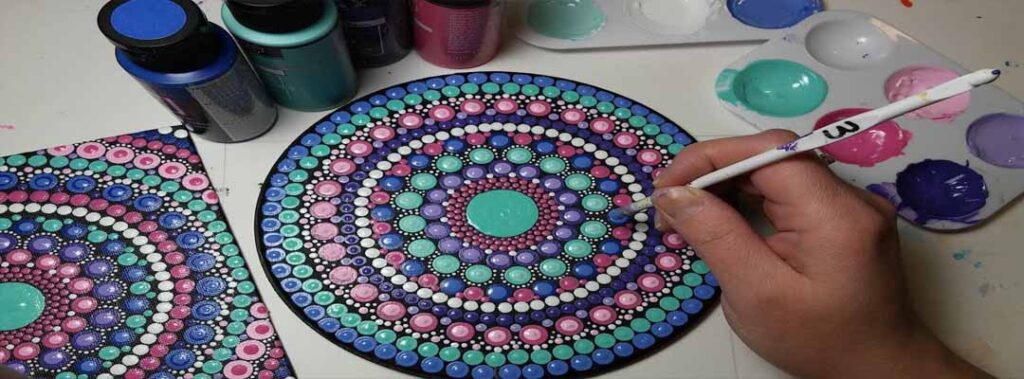
Drawing and painting mandalas is a popular technique that can be done with a wide range of materials, from pencils and markers to watercolors and acrylic paints. Mandala designs can be created freehand or using stencils, and there are many tutorials and templates available online to help beginners get started.
2. Digital Design
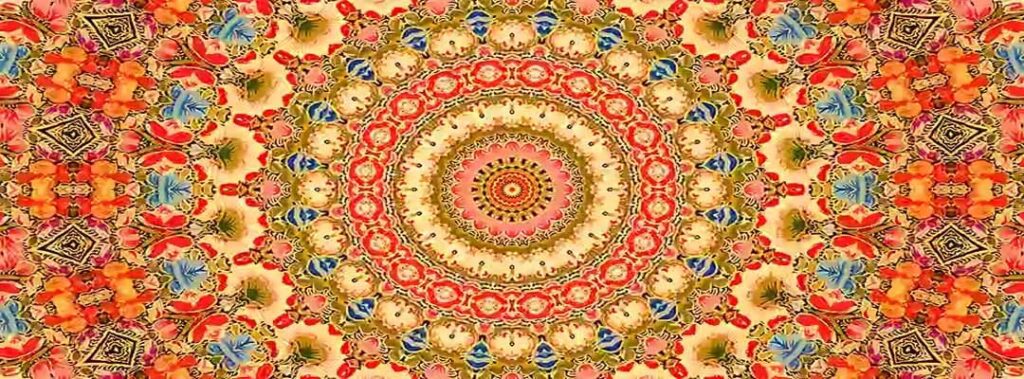
Digital design tools such as Adobe Illustrator and Photoshop can also be used to create intricate mandala designs. This technique allows artists to experiment with different colors and patterns and make precise adjustments to the design.
3. Sand Mandalas
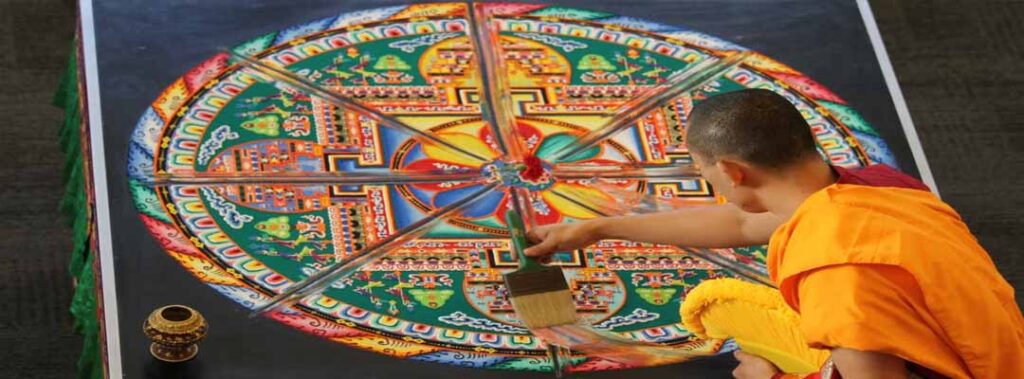
Creating a sand mandala is a traditional technique used in Tibetan Buddhism. Monks carefully place colored sand onto a flat surface, slowly building up the design over the course of several days or weeks. Once the design is complete, it is ritually destroyed to symbolize impermanence.
4. Natural Materials
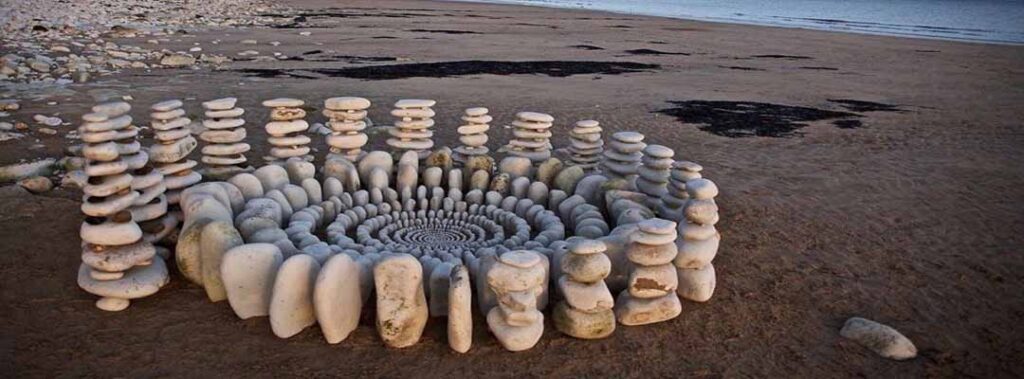
Mandalas are often created using natural materials such as stones, shells, and feathers. These designs can be created outdoors or indoors, and they are often used in healing rituals and ceremonies.
Benefits of Creating Mandalas
Creating mandalas can be a meditative and relaxing practice that promotes mindfulness and creativity. Studies have shown that engaging in creative activities such as drawing and painting can reduce stress and anxiety and improve overall well-being.
In addition to the mental health benefits, creating mandalas can also improve cognitive function and hand-eye coordination. The process of creating a mandala requires concentration, focus, and attention to detail, which can help improve memory and cognitive processing.
Furthermore, mandalas can be used as a tool for self-expression and self-discovery. By creating their own unique mandalas, individuals can explore their inner selves and express their emotions and feelings in a creative and symbolic way.
FAQs About Mandala Art Designs
What are some common symbols found in mandalas?
Some common symbols found in mandala art include circles, squares, triangles, lotus flowers, and the sun and moon.
What is the meaning of the different colors used in mandala art?
Different colors can have different meanings in mandalas. For example, blue is often associated with calmness and serenity, while red is associated with passion and energy.
Can creating mandala art help with anxiety and stress?
Yes, creating mandala art can be a meditative and relaxing practice that can help reduce stress and anxiety.
Are there any specific rules or guidelines for creating mandalas?
There are no specific rules or guidelines for creating mandala art. The most important thing is to let your creativity flow and enjoy the process.
Can mandala art be used for therapeutic purposes?
Yes, mandala art can be used for therapeutic purposes in art therapy and other healing practices.
Ready for more inspiration and information? 👉🏻 Click Here

